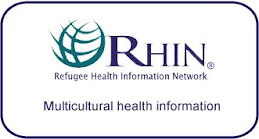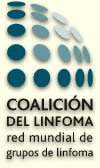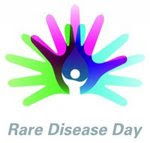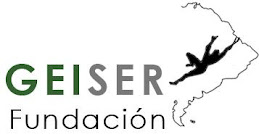Ergonomics. 2013;56(11):1669-86. doi: 10.1080/00140139.2013.838643. Epub 2013 Oct 3.
miércoles, 24 de junio de 2015
SEIPS 2.0: a human factors framework for studying and improving the work of healthcare professionals and patients. - PubMed - NCBI
SEIPS 2.0: a human factors framework for studying and improving the work of healthcare professionals and patients. - PubMed - NCBI
Healthcare practitioners, patient safety leaders, educators and researchers increasingly recognise the value of human factors/ergonomics and make use of the discipline's person-centred models of sociotechnical systems. This paper first reviews one of the most widely used healthcare human factors systems models, the Systems Engineering Initiative for Patient Safety (SEIPS) model, and then introduces an extended model, 'SEIPS 2.0'. SEIPS 2.0 incorporates three novel concepts into the original model: configuration, engagement and adaptation. The concept of configuration highlights the dynamic, hierarchical and interactive properties of sociotechnical systems, making it possible to depict how health-related performance is shaped at 'a moment in time'. Engagement conveys that various individuals and teams can perform health-related activities separately and collaboratively. Engaged individuals often include patients, family caregivers and other non-professionals. Adaptation is introduced as a feedback mechanism that explains how dynamic systems evolve in planned and unplanned ways. Key implications and future directions for human factors research in healthcare are discussed.
Suscribirse a:
Enviar comentarios (Atom)































No hay comentarios:
Publicar un comentario